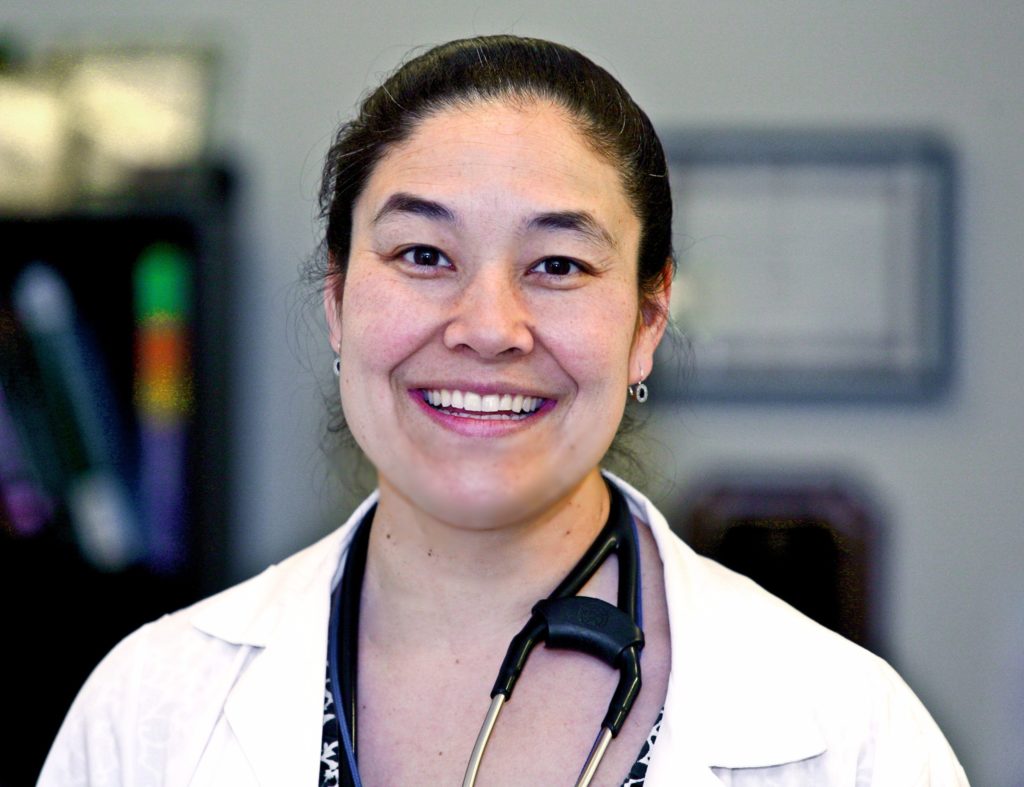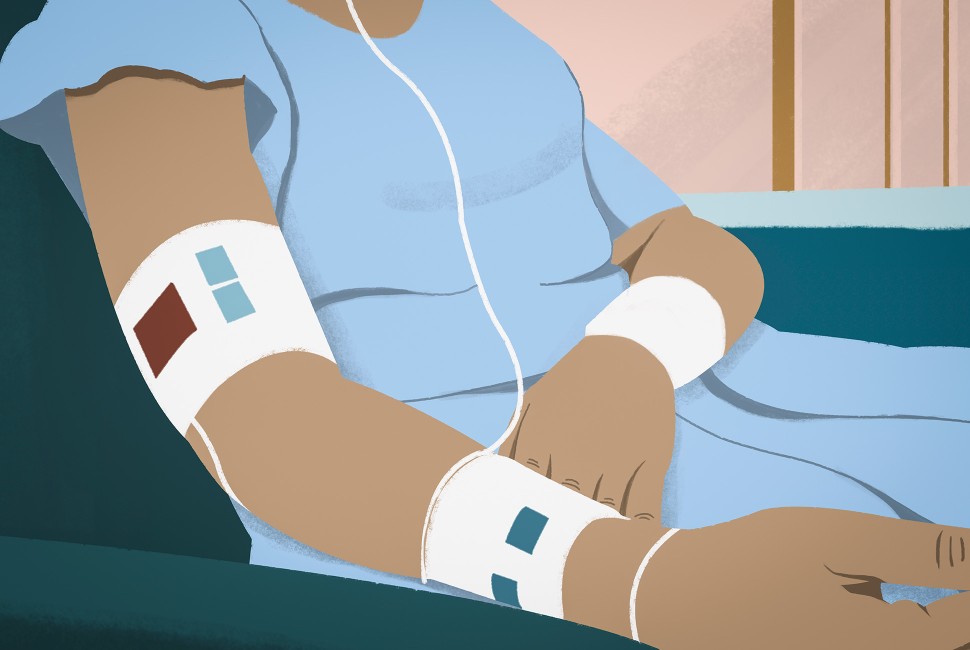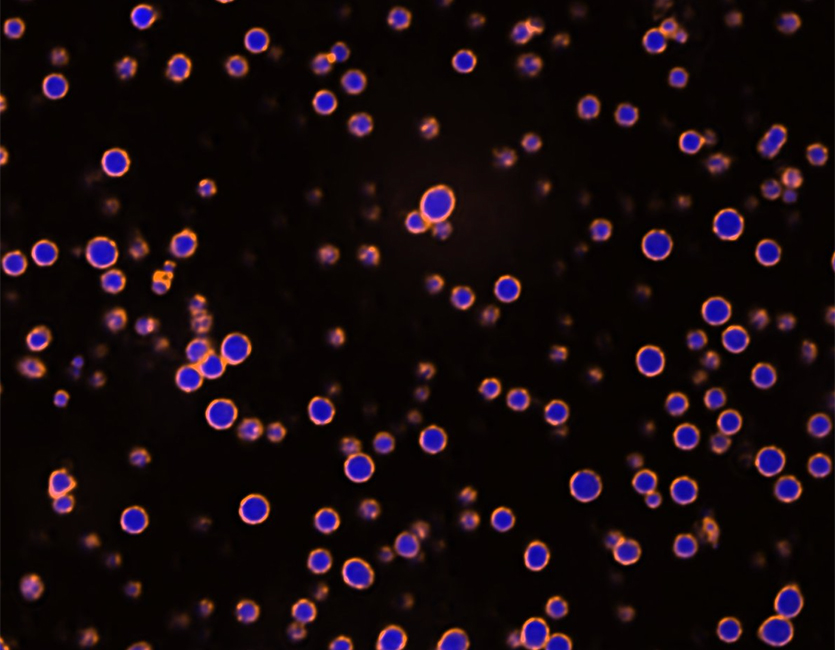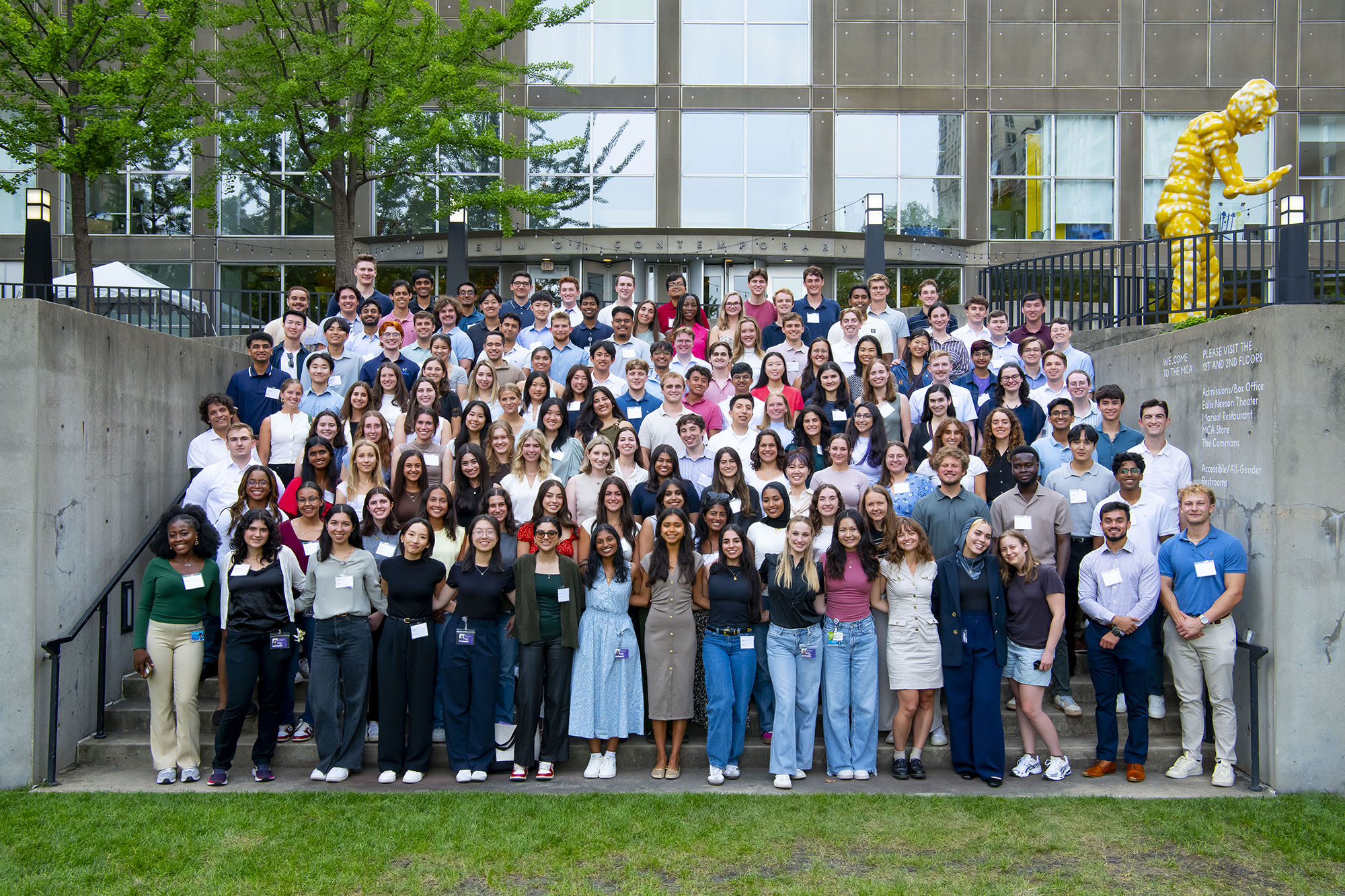
The resources used to teach the physical exam to pre-clerkship medical students vary widely across U.S. medical schools, according to a new study published in the journal Academic Medicine.
Toshiko Uchida, MD, director of Clinical Skills Education, was the first author of the study.
“The physical exam is a crucial skill for physicians, and several studies suggest that poor physical exam skills can lead to lower-quality care and medical errors,” said Uchida, also an associate professor of Medical Education and of Medicine in the Division of General Internal Medicine and Geriatrics. “But every medical school curriculum is unique, and very little is actually known about how medical schools teach the physical exam.”
Teaching the physical exam is generally labor-intensive and requires significant human resources, including faculty, as well as standardized and actual patients, Uchida notes. As such, there have been concerns that some medical schools may be providing inadequate physical exam training.
In the current study, the investigators aimed to understand the various resources and pedagogical approaches that U.S. medical schools employ to teach the physical exam to pre-clerkship students.
The Directors of Clinical Skills Courses (DOCS), a professional organization of clinical skills educators, administered a 49-question survey to all 141 medical schools accredited by the Liaison Committee on Medical Education.
The results revealed that resources varied significantly. While a median of 59 hours was devoted to teaching the physical exam across all medical schools, the investigators discovered that 11 percent of schools spent 30 hours or fewer teaching the exam in the pre-clerkship years, while six percent of schools spent 200 hours or more.
Of the time spent teaching the physical exam, 38 percent involved the use of standardized patients, while 30 percent utilized peer-to-peer practice, and 25 percent involved actual patients.
Furthermore, while about half of the practice time spent with actual patients was observed by faculty, 20 percent of schools never had faculty observe students practicing with actual patients.
“Some schools likely don’t devote enough time or resources to teaching the physical exam in the pre-clerkship years,” Uchida said. “There is also a great need for further research to determine how much time is enough to learn the physical exam, and how best we can deploy our resources so that students begin to master physical exam techniques.”
The paper was co-authored by nine other members of DOCS who are also clinical skills course directors at medical schools across the country. The team is now in the process of writing a second paper about the pedagogical methods used to teach the physical exam and other data gathered from the survey, Uchida notes.






